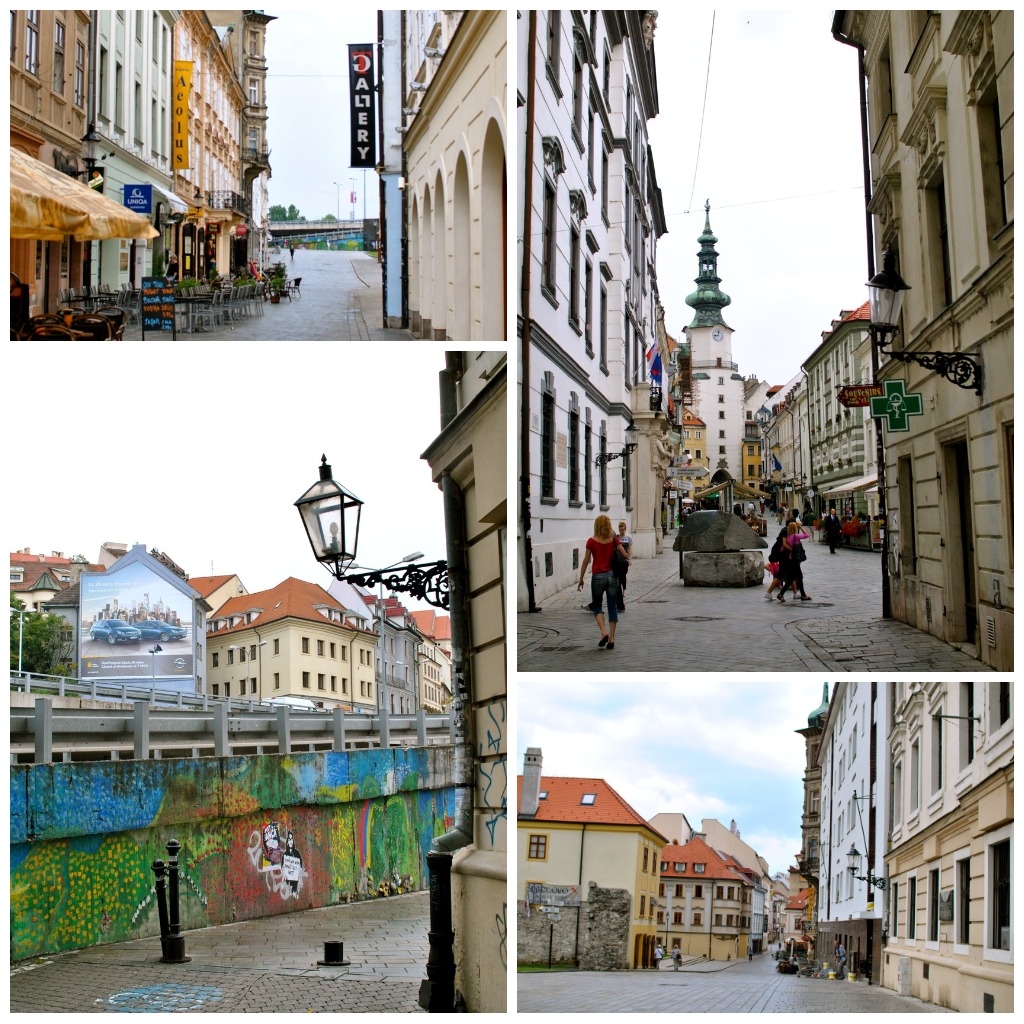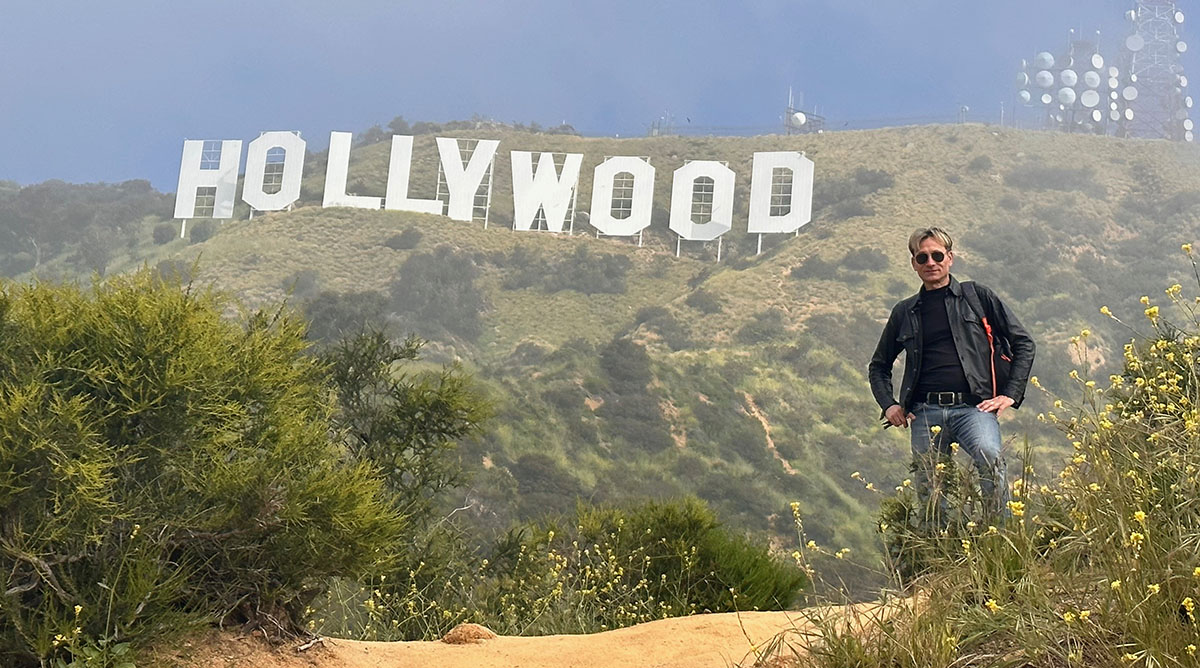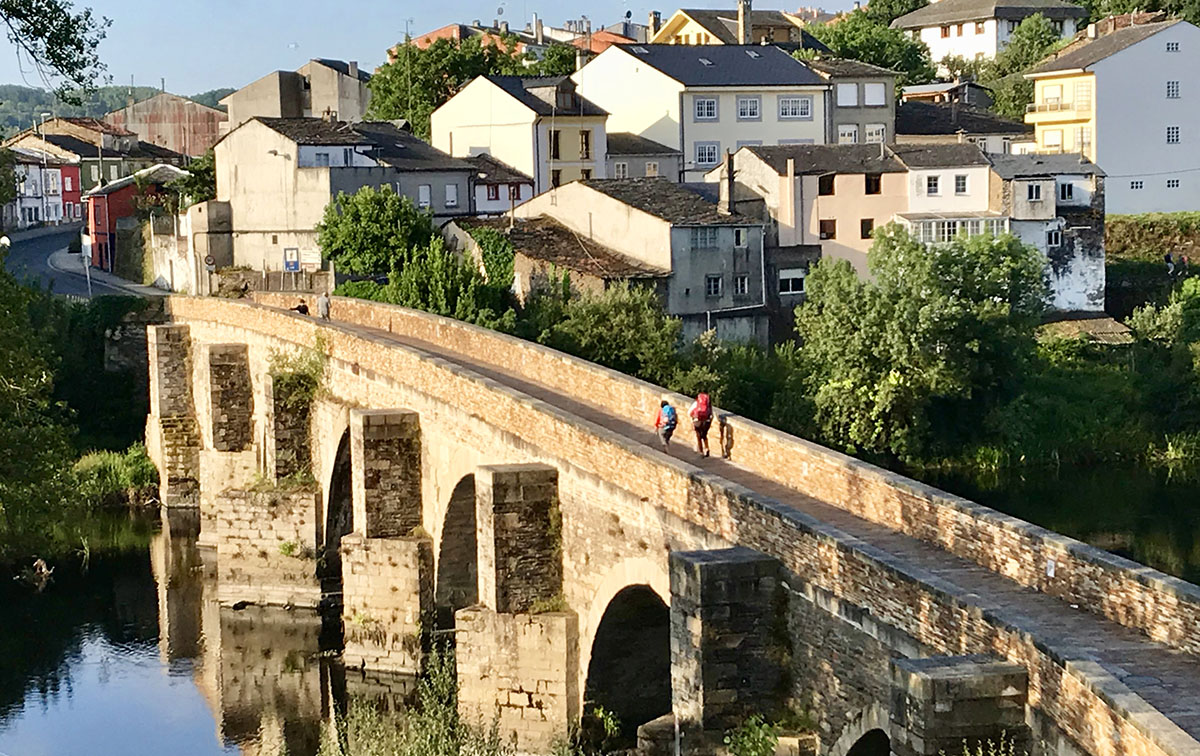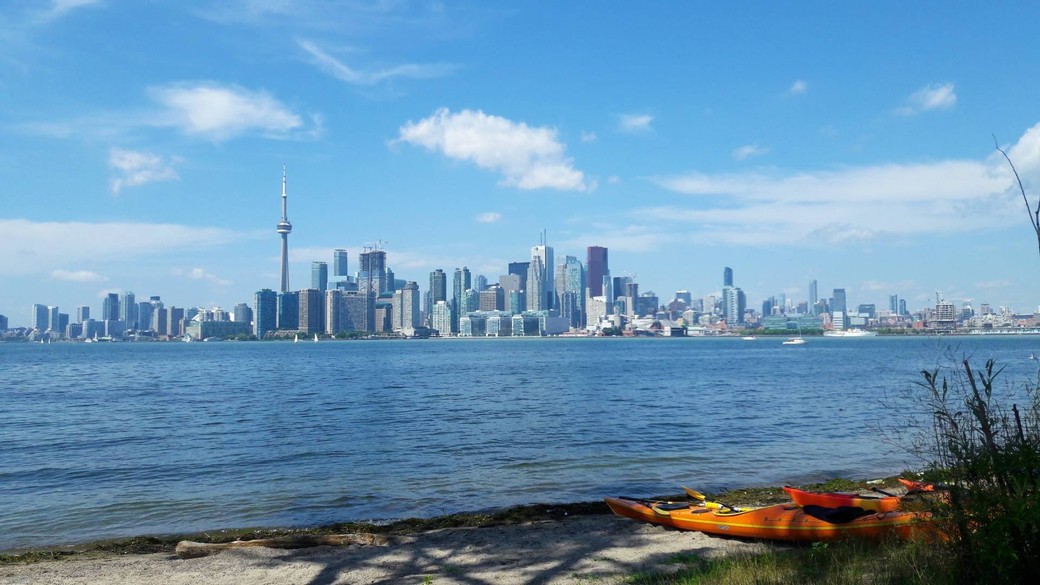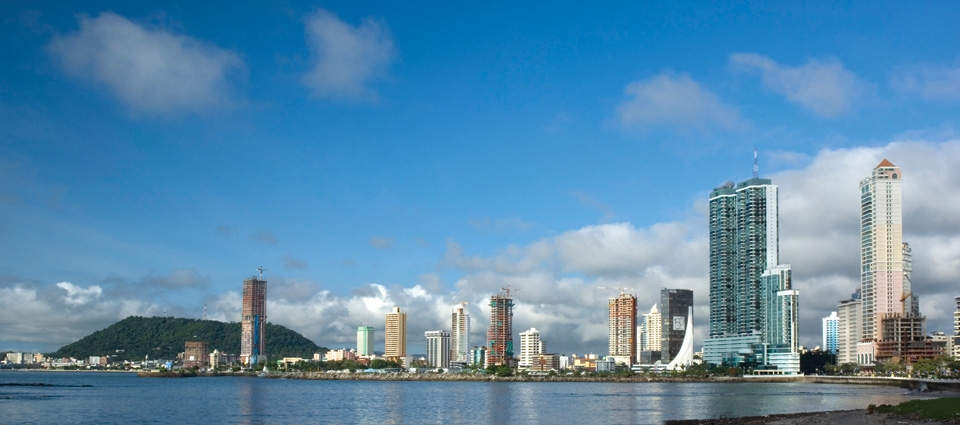
Panama Wow! The New RIU Plaza Hotel
Panama is derived from an old Indian word meaning "lots of fish and butterflies." It has one of the world’s most spectacular ecosystems and jungles but less than an hour away, there is the vibrant urban life in Panama City. America spoils back to Spain.

I have always been fascinated by the stories of the Panama Canal which many consider to be one of the most important feats of engineering in history. The narrative is almost too fantastic to believe and dates back to the 16th century. Spanish conquerors were keen to ship the riches of Peru, Ecuador and other South and Central America spoils back to Spain. The idea was preposterous. Join the Atlantic to the Pacific by means of a gigantic swath cut thought the jungle? But the building of such a canal would shorten distances enabling new, faster commerce routes to be opened up. In 1524, the Spanish presented a plan to Charles V to build a canal that would cut three months of the journey to ship gold back to Spain. It was believed that the savings on this alone would justify such an enterprise and a working plan for a canal was drawn up in 1529. However, subsequent wars in Europe put the project on permanent hold. By the early 19th century, a German scientist named Alexander von Humboldt had revived interest in the project and in 1819 the Spanish government formally authorized the construction of a canal and the creation of a company to build it. The discovery of gold in California in 1848 and the rush of would-be miners stimulated America’s interest in digging the canal. After numerous stops and starts, by 1880 a Frenchman named Ferdinand Marie de Lesseps, the builder of the Suez Canal, organized a company to build the Panama Canal but by 1899, his attempt had failed due to disease-carrying mosquitoes and the inadequacy of machinery. The construction of the canal was restarted by the Americans in 1904. The Americans had a perpetual lease on a 10-mile strip beginning in 1913 in exchange for an annual cash payment of $250,000 but in 1999, the Panama Canal was ceded back to the Panamanian people. It now serves as a key economic driver in the country and is currently undergoing an expansion that will double its capacity while providing jobs and significant economic opportunities for Panama. When you visit the Panama Canal, be sure to stop at the museum in the visitor’s centre or visit the Interoceanic Canal Museum www.panama-museums.com in Panama City. After watching some of the world’s biggest ships pass through the canal, drop by for lunch at the onsite Miraflores Restaurant.
Hotel RIU Plaza Panama
If you visit Panama City for business or pleasure, you will be guaranteed a wonderful experience at the Hotel Riu Plaza Panama. The international RIU chain was founded by the Riu family in 1953 as a small holiday firm and is still owned by the family’s third generation. The company specializes in sun and sand holiday resorts and 50 per cent of its establishments offer RIU’s acclaimed all-inclusive formula. Today, RIU has 107 properties and 42,000 rooms globally serving over 3 million guests each year and they have won just about every major hotel hospitality award possible by following their mission statement, “We’re all about you.” This is the first of RIU Resorts new city hotels that will cater to business and leisure travelers. The Plaza is situated very close to the very best the city has to offer in culture and entertainment. The hotel has 645 comfortable and spacious rooms with desks, free wireless ADSL, flat screen TVs and state-of-the-art bathroom fittings. Many of the rooms have breathtaking views of the city. Other facilities include a gym, a spa & wellness centre and an open-air pool with a Jacuzzi. For business travelers and event organizers, the hotel has 21 conference rooms, with free wireless connection and a maximum capacity of 1300 persons.

The RIU Plaza’s world class restaurants offer sophisticated decor and great food: fusion cuisine in the Tastes Restaurant, as well as a Sushi Lounge, the Arts Restaurant, the Studio 50 and the Ibiza Lounge (situated beside an open-air swimming pool). The Chefs at the Riu Restaurants have been recruited from the best restaurants in Europe and North America and their meals are a gastronomic experience that is artful in presentation and delicious.
Panama City is a thriving, culturally diverse, entrepreneurial and strategic business centre. Spaniards, Mestizos and indigenous peoples coexist alongside Indian, Chinese and Arab communities, many of whom first settled in the country as migrant workers to help build the Panama Canal. The global recession missed this country and the city has a construction boom trying to keep up with the surging economy. Much of the skyline is covered in newly built business towers and condos which reflect the Panama City’s growing influence as one of the most valued destinations in Latin America. Five star hotels, museums, bars and restaurants attract business people and tourists alike.
The New Town section of Panama City has attracted thousands of investors and condo buyers but beyond the new steel and glass towers, is a 2 km tree-lined avenue Calzada de Amador. Panamanians love walking along this urban pathway where you can view the skyscrapers and modern growth of New Town and then turn and look across the bay and see the picturesque Old Town.
Old Town is the historic centre of Panama City which in recent years, has actually undergone a remarkable renaissance. The colonial buildings have been renovated and the streets, which were formerly squalid, have been revived with new businesses, homes, galleries, restaurants, shops and boutique hotels.
The heart of Old Town is the Plaza de la Independencia. It was here that the declaration of independence was read out in 1903. It is both easy and pleasant to lose oneself here and soak up the sun and the atmosphere of this district that combines colonial elegance with Latin flare and modern amenities. Panamanians are religious people and the Catholic Church still plays a vital role in the daily lives and traditions of its people. In the church of San José you will find one of the country's treasures – the magnificent Altar de Oro, or Golden Altar. In 1671, when the pirate Henry Morgan wrecked havoc in the city, a priest managed to save this Baroque masterpiece from the pillaging. At the southern end is Plaza de Francia, dedicated to the role of the French in the construction of the Panama Canal. It is surrounded by the Paseo de las Bóvedas, which was conceived to protect the old town. From here you can enjoy beautiful views of part of the Old Town and the enormous ships waiting to enter the canal. The Presidential Palace is one of the most beautiful, best-preserved buildings in this area. Its magnificent state of conservation is no coincidence as it currently houses the Panamanian heads of state.
The Embera Village of Parara Puru
The highlight of the trip for me was a visit to the Embera village of Parara Puru. The Embera Indians are native to Panama, and the Embera village is one of three Indian villages in Panama that still exists where the natives live their lives as they did hundreds of years ago.

The Parara Puru village is about 2 hours from Panama City in a remote area that requires a one hour canoe ride up the Charges River. The surrounding jungle is full of tropical birds and wildlife unique to the area. Panama has the most biodiversity of any Central American country. Deer, numerous monkey species, tapirs, sloths, armadillos, anteaters, peccary, coatimundis, and several cat species, including the elusive jaguar, inhabit this terrain. Among the reptiles are crocodiles as well as a variety of lizards, frogs and turtles. The area’s snakes, like the giant boa, are relatively harmless, but an encounter with a coral, bushmaster or fer-de-lance can be deadly. We passed some spectacular waterfalls and on a suggestion from the Embera guide went for a swim to take a break from the heat.
The Embera people paint their bodies with juices from the jaguar fruit which also serves as a mosquito and insect repellent. Beyond the steep embankment to their village was a main hut that serves as a gathering spot for the village. The living huts are raised on stilts from four to 6 feet off the ground to keep out insects, snakes and small animals. After looking at local crafts and jungle-made jewelry, we were hosted by the village chief to a lunch of fried lake tilapia served in plantane leaves. While we ate, the Embera performed several traditional dances. It was a wonderful experience and needless to say I found it quite perplexing two hours later to be in my room at the RIU Panama Plaza sending emails while having a room service snack. Such are the wonderful extremes of Panama.
Panama City serves numerous international airlines including American Airlines
For more information on Panama Tourism visit the Panama Tourism Bureau: www.panamainfo.com.
For tours and shuttle buses in Panama, visit www.ptysstours.com
For Embera Village visit: http://www.aventuraspanama.com/WGIRAS/GIRAS_EN/emberaindianvillage.htm

